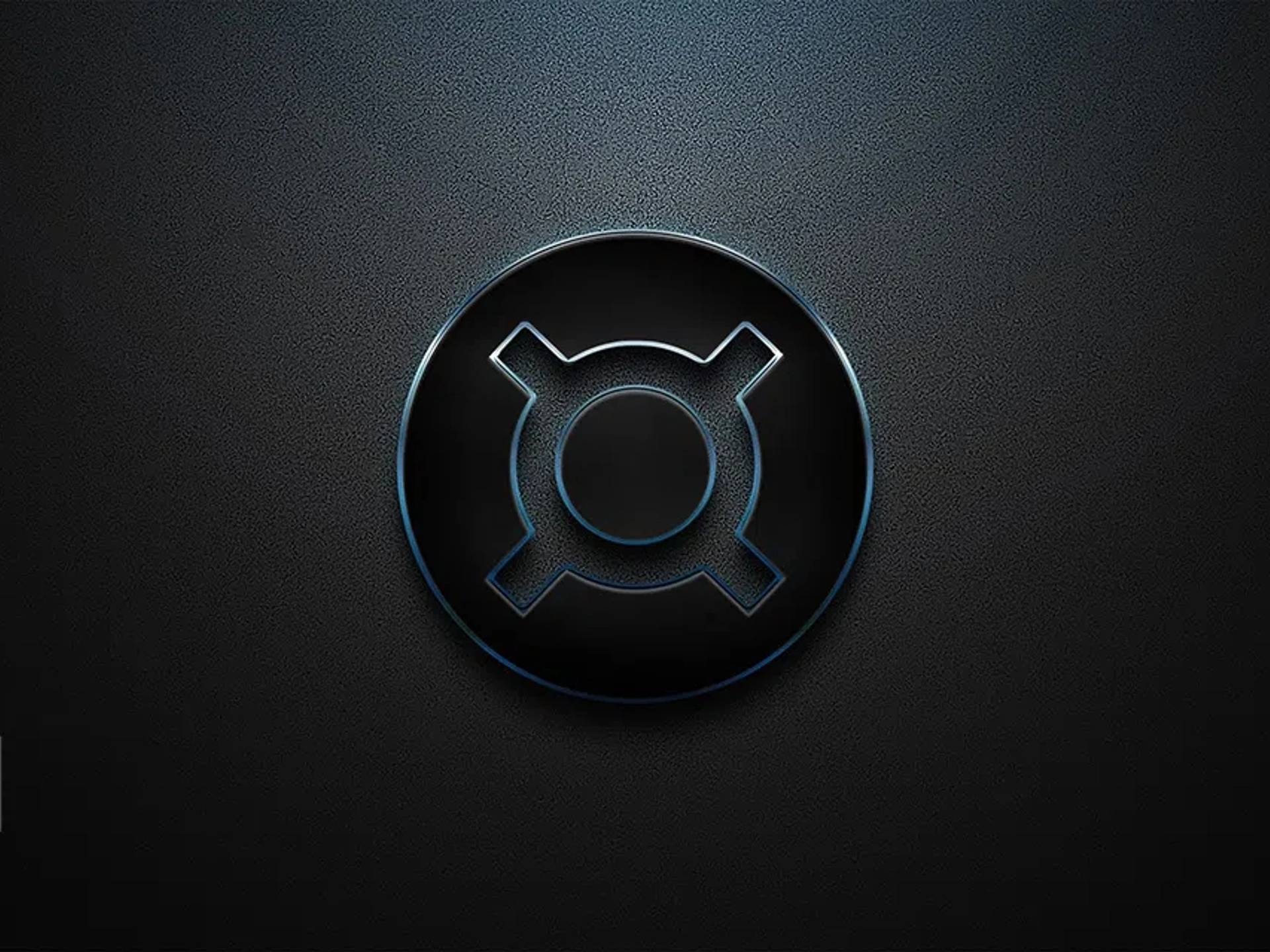订阅 wiki
Share wiki
Bookmark
Frax Finance
Frax Finance
Frax Finance 稳定币协议,也称为 Frax,是一个稳定币协议,用于发行去中心化稳定币,并包含支持它们的子协议。Frax 目前发行 3 种稳定币。FRAX,现在称为 frxUSD,是一种与美元挂钩的资产。Frax 价格指数 (FPI) 稳定币,是第一个与一篮子消费品挂钩的稳定币,创建了独立于任何民族国家货币的记账单位。FraxEther (frxETH),一种与 ETH 松散挂钩的代币,旨在替代 WETH 在 智能合约 中使用,并用作 Fraxtal 链上的 gas 代币;其对应物 sfrxETH 是一个 ERC-4626 代币,可从质押奖励、MEV 和相关来源中获得价值,而 frxETH V2 使匿名或外部验证者能够参与 frxETH 生态系统。Frax 协议还包含多个子协议,这些子协议集成了其稳定币:Fraxswap、Borrow AMM (BAMM)、Fraxlend、AMOs(包括 Fraxlend AMO、Curve AMO 和 Uniswap V3 AMO)、Fraxtal、Fraxtal Points (FXTL)、Frax Bonds (FXB)、Staked Frax (sFRAX)、Staked Frax USD (sfrxUSD)、Fraxferry、Frax Share (FXS)、veFXS 和 veFRAX。 [12] [39] [41] [42]
该项目最初是“世界上第一个部分抵押、部分分数稳定的稳定币”。 [1][2] 2023 年 2 月 23 日,Frax Finance 社区投票决定完全抵押该协议的原生稳定币 FRAX。[28]
2020 年 11 月 16 日,发布了测试网,供早期用户进行实验并报告错误。该协议于 2020 年 12 月 20 日星期日下午 4 点(太平洋标准时间)(2020 年 12 月 21 日星期一 0:00 UTC)在以太坊主网上正式启动。[5][6][7]
启动一小时后,Frax Finance 的总锁定价值 (TVL) 超过 4300 万美元。截至 2021 年 1 月 13 日,已铸造 1 亿个 FRAX 代币,抵押率约为 85%。[8]
2021 年 1 月 19 日,Frax Finance 超过 Wrapped Bitcoin (WBTC),成为 Uniswap 上流动性第五高的代币,流动性超过 1.3 亿美元。[9]
2021 年 2 月 17 日,Frax Finance 成为第一个在 Binance 上市的分数稳定币。Binance 在其创新区上市了 Frax Shares,FXS/BTC 和 FXS/BUSD 交易对将于 2021 年 2 月 18 日上午 9:00 (UTC) 开放,存款提前开放。[10]
2022 年 1 月,Frax Finance 扩大了与 Chainlink 的合作,将美国 CPI 数据引入链上,以支持 Frax 价格指数。 [11]
2025年4月29日,北极星更新标志着Frax生态系统的重要更新。作为此次升级的一部分,Frax Share (FXS) 代币更名为FRAX,并被指定为Fraxtal 区块链的原生Gas代币,取代了frxETH。FRAX也成为整个生态系统中用于网络安全的唯一商品资产。[44]
琐事
Frax协议的设计灵感来源于Robert Sams 2014年发表的学术论文《关于加密货币稳定化的注释:铸币税份额》。[12]
概述
Frax V1
在Frax Finance协议成立之前,稳定币分为三种不同的类别:法币抵押、加密货币超额抵押和均衡。[13]
Frax协议是第一个旨在从完全抵押过渡到不同程度的部分抵押的稳定币,其中部分供应不由任何资产支持,而是由协议本身铸造和回购,以保持FRAX代币的价格为1美元。[14]
该协议是一个双代币系统,包括稳定币frxUSD和Frax Share代币(FRAX(prev. FXS)),后者累积铸币税收入、费用并提供治理权。
该项目还宣布了第三个代币Frax Bonds代币(FXB),将在未来发布,作为代表系统中债务的计息代币。
frxUSD、FRAX (prev. FXS)和抵押品的价格均通过Uniswap交易对价格的时间加权平均价格(TWAP)和ETH:USD Chainlink预言机计算。Chainlink预言机允许协议获得美元的真实价格,而不是Uniswap上稳定币池的平均价格。这使得frxUSD能够保持对美元本身的稳定,从而提供更大的弹性,而不是仅使用现有稳定币的加权平均值。[14]
Frax V2
Frax V2 通过引入“算法市场运营控制器”(AMO)的概念,扩展了部分算法稳定性的理念。AMO 模块是一个自主合约,只要不改变 frxUSD 的价格,就可以执行任意的货币政策。这意味着 AMO 控制器可以算法化地执行公开市场操作,但不能凭空随意铸造 frxUSD 并打破挂钩。 [16]
Frax V3
Frax V3 利用 AMO 智能合约和无需许可的、非托管的子协议作为稳定机制。用于稳定的内部子协议是 Fraxlend(一个去中心化的借贷市场)和 Fraxswap(一个具有独特功能的自动化做市商 (AMM))。作为外部稳定机制,使用了 Curve。通过治理,Frax V3 可以灵活地整合未来的稳定机制,包括额外的子协议和 AMO。 [31][32]
FRAX 的完全外生抵押: 该协议力求始终保持 100% 的抵押率 (CR)。从 V3 开始并在 FIP188 之后,Frax 协议旨在通过使用 AMO 智能合约和 Frax 治理模块 (frxGov) 批准的合作实体持有的特定现实世界资产来实现这一目标。frxUSD 稳定币的 CR 基于 Frax 资产负债表上持有的外部抵押品的价值计算。此隔离的资产负债表用作稳定 frxUSD 稳定币市场价格的抵押品。[34]
主权美元挂钩: 一旦 frxUSD 稳定币达到 100% 的抵押率 (CR),其与美元的挂钩将通过 Chainlink 预言机和治理批准的参考利率相结合来维持。如果 frxUSD CR 降低,AMO(算法货币官员)和治理应努力将 CR 恢复到 100%,并确保 frxUSD 的价格保持在 1.00 美元,无论 USDC、USDT 或 DAI 等其他资产的价格如何。
Fraxswap
Fraxswap 是由 Frax Finance 设计的首个具有嵌入式时间加权平均市场做市商 (TWAMM) 的 自动做市商。Fraxswap 主要用于在较长时间内以无需信任的方式进行大额交易。2022 年 6 月,Frax Finance 团队宣布推出 Fraxswap。
合作伙伴关系
2022 年 1 月,Frax 作为一项服务被引入 Ondo Finance。此次合作将建立在 Ondo 的流动性即服务产品之上,并允许使用 $FRAX(由协议本身提供)作为代币发行者的流动性。[22]
2021 年 12 月,FRAX 与 Sacred Finance 合作,为 Defi 带来隐私和稳定性。此次合作将允许用户私下借出 FRAX,并通过 Sacred 私下赚取收益。同月,去中心化 3 池在 Convex Finance 上线。这是 Frax、Fei Protocol 和 Alchemix (ALCX) 之间的三重合作。愿景是使 D3 Curve 池成为耕作、储蓄和持有 去中心化 美元稳定币的首选。12 月,NearPad 与 Frax Finance 合作,将 FRAX 和 FXS 带到 Aurora 和 Near 生态系统。[23]
2021 年 9 月,Pangolin 和 Frax Finance 合作将 FRAX 稳定币引入 Avalanche。通过合作,Pangolin 提高了 Avalanche 网络上稳定币的可用性,为 Pangolin 用户提供了充足的流动性,并提供了像 Frax 这样的创新 稳定币。他们为 AVAX-FRAX 交易对和 AVAX-FXS 交易对添加了奖励池,以支持流动性。[24]
2025 年 1 月,Frax Finance 与 BlackRock 和 Securitize 合作推出了其 稳定币 的新版本 frxUSD。更新后的稳定币由 BlackRock 的 美元机构数字流动性基金 (BUIDL) 支持,并由 Securitize 进行代币化,Securitize 是一家注册提供受监管金融服务(如经纪和资产代币化)的公司。frxUSD 稳定币(以前称为 FRAX)提供直接的法定货币赎回,旨在更紧密地与美国金融合规标准保持一致。作为安排的一部分,BUIDL 已成为 铸造 和赎回 frxUSD 的托管储备资产,将 稳定币 锚定到美国国债、现金和回购协议等基础资产。[40]
Fraxtal
Fraxtal 是一个与 EVM 兼容的 layer 2 rollup 链,专为 Frax Finance 而设。Fraxtal 使用 rollup 技术减少 Ethereum 上的拥堵。Rollup 将链下交易捆绑在一起,压缩数据,然后再将其发送回以太坊。在 2024 年 1 月的一次采访中,Sam Kazemian 宣布推出 Fraxtal,即 Frax Finance 的 layer 2 blockchain。该版本计划于 2 月的第一周发布,Etherscan 将通过 Fraxscan 在发布的第一天提供支持。Kazemian 表示,他对此次发布充满信心,再加上几个项目将在不久后首次亮相,这将标志着 2024 年最重要的 rollup 版本之一。[41][42][43]
Frax 的 liquid staking 代币 frxETH 和稳定币 FRAX 将在 Fraxtal 的 layer 2 blockchain 中发挥作用。frxETH 作为链的原生 gas 代币,旨在为更高效且具有成本效益的生态系统做出贡献。去中心化稳定币交易所 Curve Finance 已表示对 Fraxtal 感兴趣。Curve 计划在新 layer 2 区块链上部署其交易功能,进一步巩固该项目的合作。[44]
Frax 2030愿景升级
Frax生态系统正在经历重大变革,以巩固其作为DeFi领导者的地位。这些更新包括代币代码变更、引入新的基础设施,以及Frax的Layer 2解决方案Fraxtal的演进,以满足快速发展的区块链领域的需求。
代币代码变更
Frax 正在将其旗舰稳定币 FRAX 在获得治理批准后立即过渡到 frxUSD。这一变化不仅仅是表面上的;将“USD”纳入名称旨在通过使稳定币更易于访问和熟悉,从而吸引下一波加密货币用户。frxUSD 的市值达 6 亿美元,将具有先进的功能,例如通过 Paxos 进行直接法币赎回。Frax 还计划通过其合作伙伴 FinresPBC 获得美国联邦储备系统主账户 (FMA) 的访问权限,从而进一步增强其稳定性和安全性。储蓄金库产品 sFRAX 将过渡到 sfrxUSD,保持其作为 DeFi 中最佳风险调整收益选择之一的地位。
与此同时,Frax 的治理代币 FXS 将在 2 月份的 Fraxtal North Star 硬分叉中更名为 FRAX。这一变化反映了 FXS 从份额代币到顶级 Layer 2 (L2) 生态系统 Fraxtal 的货币的演变。在硬分叉之前,FXS 将被称为“FRAX fka FXS”。veFXS 也将过渡到 veFRAX,保留其治理权和收入分成机制。
加密战略储备 (CSR)
Frax 正在建立一个以 BTC 和 ETH 计价的链上加密战略储备 (CSR)。该储备将成为 DeFi 中最大的资产负债表之一,巩固 Frax 作为“DeFi 的 MicroStrategy”的声誉。CSR 将驻留在 Fraxtal 上,直接促进生态系统的总锁定价值 (TVL) 的增长。veFRAX 质押者将通过治理来决定 CSR 的具体权重和机制,从而在塑造其未来方面提供透明度和社区参与。
Frax 燃烧引擎
为了确保长期价值和稀缺性,Frax 引入了 Frax 燃烧引擎。这个不可变的底层设施将包括 Frax 域名服务 (FNS) 和 EIP1559 风格的基础费用等创新。这些机制将随着时间的推移积极燃烧 FRAX,抵消排放并增加其稀缺性。
Fraxtal 北极星硬分叉
Fraxtal 北极星硬分叉代表了生态系统的一个关键时刻,专注于去中心化、速度和人工智能集成。Fraxtal 是一个乐观 Rollup,继承了以太坊的去中心化特性,将实现高吞吐量、实时区块处理,使其与 Sei 和 Monad 等最快的区块链相媲美。
此次分叉还将引入人工智能特定功能,如“推理证明”和 AIVM(人工智能虚拟机),与 IQ.wiki 合作开发。这些功能旨在满足区块链技术的未来需求,预计人工智能驱动的代理将主导使用。
作为硬分叉的一部分,Fraxtal 生态系统将从 frxETH 过渡到 FRAX 作为其 gas 代币。此更改将导致 frxETH gas 以当前汇率立即转换为 FRAX,从而为 FRAX 产生巨大的购买压力。此外,Frax 将发布 $FXTL,一种与 Fraxtal 基础设施相关的新区块空间激励代币。
Frax.com 通用界面 (¤UI)
为了简化用户交互,Frax.com将重新推出为Frax通用界面 (¤UI)。此次改革简化了DeFi流程,允许用户只需点击几下即可借贷、交换和发送代币。¤UI将得到独家合作伙伴的支持,包括用于实时交易优化的Odos路由和用于全球无缝法币到加密货币访问的Halliday Onramping。
¤UI的未来计划包括开发Frax移动钱包和进一步集成AI以增强用户体验。对于高级DeFi操作,现有的专业界面将继续可用。
代币经济学

Frax Share Token ($FRAX (prev. $FXS))
Frax Share Tokens 避开了类似于 MakerDAO 的 DAO 式主动管理。该协议的设计使得 FRAX(前身为 FXS) 的供应量在很大程度上会通货紧缩,只要 frxUSD 的需求增长。
该代币作为 Fraxtal 区块链 的原生 gas 和基础资产。它直接在 Fraxtal Layer 1 上发行,并遵循固定的、不可变的排放计划。与治理代币不同,FRAX(前身为 FXS) 被归类为商品资产,不用于协议决策。虽然包装版本可能存在于其他链上,但其起源和主要功能仍然是 Fraxtal 的原生功能。根据 FRAX(前身为 FXS) 的年度减半计划,FRAX(前身为 FXS) 的总排放量在 2020 年 12 月 20 日每 12 个月减半。
veFRAX 代表锁定的 FRAX(前身为 FXS),用于 Frax 生态系统的治理。用户可以将他们的 FRAX(前身为 FXS) 代币锁定 1 周到 208 周(4 年),投票权与质押金额和锁定时间成正比。veFRAX 余额不可转让,并且随着锁定期限临近到期而逐渐减少。 [43]
发现错误了吗?
